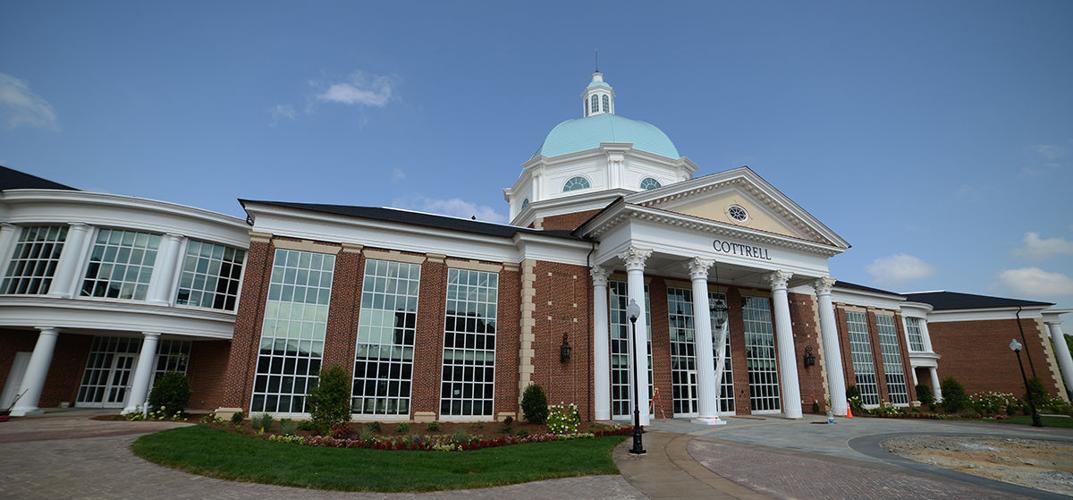afransen
Senior Member
I liked these townhouses in Oakville. Not convinced they would be improved by being done in a modern style.
44 Forsythe St

 maps.app.goo.gl
maps.app.goo.gl


44 Forsythe St
Google Maps
Find local businesses, view maps and get driving directions in Google Maps.
 maps.app.goo.gl
maps.app.goo.gl








